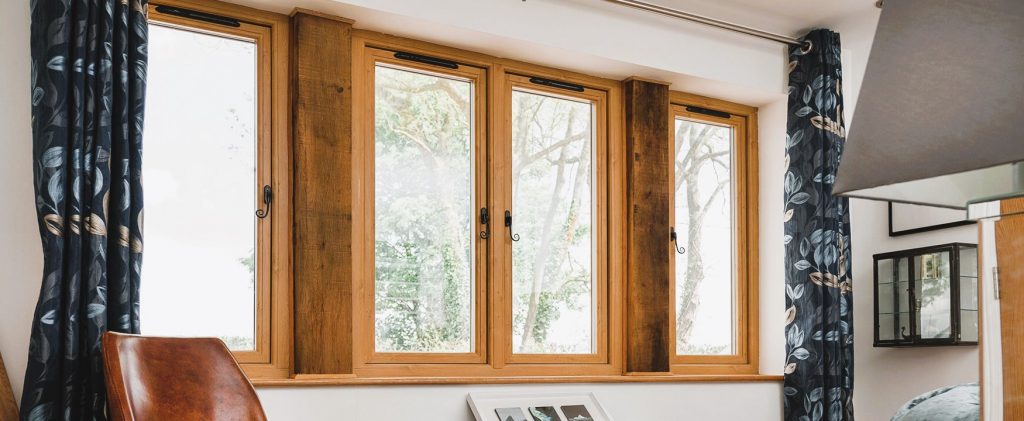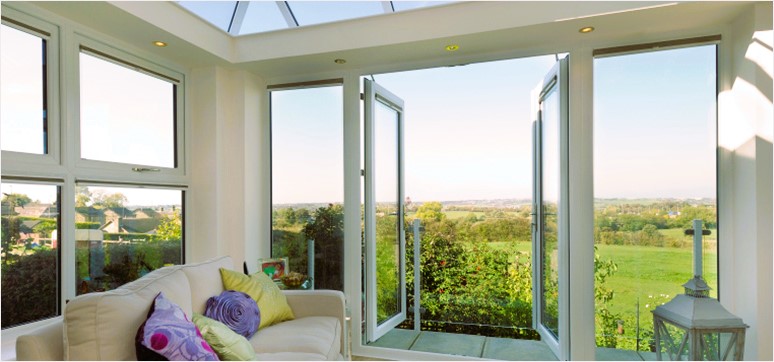As sustainability becomes an increasingly important consideration in home construction, builders and homeowners are seeking eco-friendly solutions that reduce environmental impact without compromising on quality and performance. One crucial aspect of constructing a sustainable home in Canada is the choice of windows. PVC windows, known for their durability, energy efficiency, and low environmental footprint, have emerged as a popular option. In this article, we will explore the role of PVC windows in building a sustainable home in Canada and the benefits they offer.
1. Energy Efficiency:
Energy efficiency is a key element of sustainability in home construction. PVC windows excel in this area, providing excellent thermal insulation and reducing heat transfer. These windows are designed with multiple chambers and advanced weatherstripping systems, effectively preventing air leakage and improving energy performance. With PVC windows, homeowners can reduce their reliance on artificial heating and cooling, resulting in lower energy consumption and reduced greenhouse gas emissions.
2. Durability and Longevity:

Sustainable homes are built to last, reducing the need for frequent replacements and minimizing waste. PVC windows are highly durable, resistant to rot, corrosion, and pests, and can withstand the harshest Canadian climates. They do not require regular painting or maintenance, saving homeowners time, effort, and resources. By choosing PVC windows, builders contribute to the longevity and sustainability of the home, reducing the environmental impact associated with window replacement.
3. Recyclability:
PVC is a recyclable material, adding to its sustainability credentials. At the end of their lifespan, PVC windows can be recycled into new products, minimizing waste and reducing the demand for virgin materials. Many manufacturers have established recycling programs to ensure proper disposal and recycling of old PVC windows. By opting for PVC windows, builders support the circular economy and contribute to a more sustainable construction industry. We have compiled the Best Practices for Energy Efficiency for you in this article.
4. Reduced Carbon Footprint:
The production of PVC windows has a relatively low carbon footprint compared to other window materials. PVC is derived from natural resources such as salt and natural gas, and its manufacturing process consumes less energy and generates fewer greenhouse gas emissions compared to alternatives. Additionally, advancements in manufacturing techniques have resulted in more efficient use of materials, further reducing waste and environmental impact.
5. Daylighting and Comfort:
PVC windows allow ample natural light into the home, reducing the need for artificial lighting during the day. This daylighting effect not only enhances the visual appeal of the living space but also contributes to the occupants’ well-being and comfort. With PVC windows, homeowners can enjoy a bright and inviting living environment while reducing energy consumption associated with artificial lighting.
6. Sound Insulation:
In addition to their energy efficiency properties, PVC windows also offer excellent sound insulation. They help reduce exterior noise infiltration, creating a quieter and more peaceful indoor environment. This is particularly beneficial for homes located in noisy urban areas or near busy streets, allowing occupants to enjoy a more tranquil living space.

7. Design Versatility:
PVC windows offer a wide range of design options, allowing builders to achieve their desired architectural style while maintaining sustainability. These windows are available in various styles, colors, and finishes, complementing any home design. Whether it’s a modern, contemporary, or traditional aesthetic, PVC windows can be customized to meet the design preferences and sustainability goals of the homeowner.
8. Building Certifications and Standards:
PVC windows can contribute to obtaining building certifications and meeting sustainability standards. Various programs, such as LEED (Leadership in Energy and Environmental Design), take into account the use of energy-efficient and eco-friendly materials like PVC windows. By incorporating PVC windows into the construction, builders can enhance the overall sustainability of the home and potentially qualify for certifications or incentives that promote sustainable building practices.
Conclusion:
Building a sustainable home in Canada requires thoughtful consideration of materials and technologies that minimize environmental impact while delivering performance and comfort. PVC windows play a crucial role in this endeavor, offering energy efficiency, durability, recyclability, and reduced carbon footprint. By choosing PVC windows, builders and homeowners contribute to creating sustainable living spaces, reducing energy consumption, and promoting a greener future. With their numerous benefits and versatility, PVC windows have become a cornerstone of sustainable home construction in Canada.
